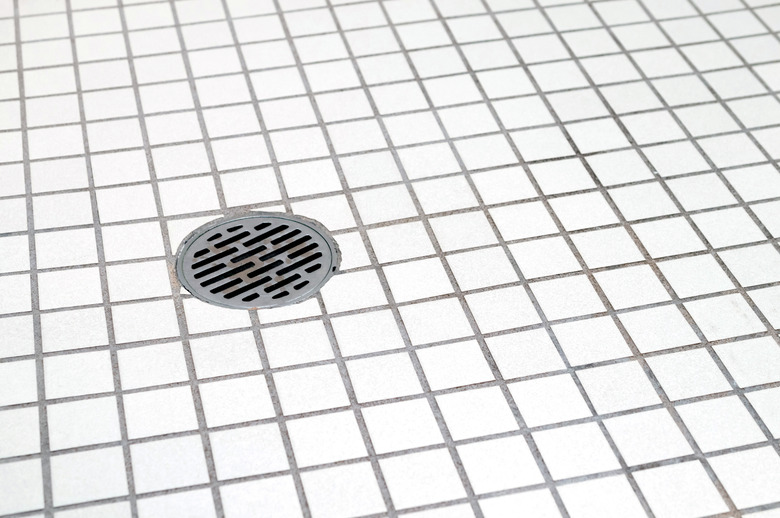How Old Floor Drains Work
We may receive a commission on purchases made from links.
Though they largely go unnoticed until there's a problem, floor drains are crucial for keeping your home safe from excessive water damage. Like the life of a floor drain, the topic is less than thrilling. However, knowing how your floor drains work can spare your home and wallet from expensive repairs or restoration work. Here's what you need to know about floor drains.
Importance of Floor Drains
Importance of Floor Drains
The only reason that floor drains exist is to drain water out of the house from its lowest point, which is typically several feet below ground level in the basement.
Foundations, floors, and walls below grade can allow water to seep into the basement. Water may also come from high-efficiency furnace drains, laundry machines, or a malfunctioning sink drain or appliance.
Floor drains are your home's last defense against standing water. When water enters the basement, it needs a way to get out to keep it from staying and causing mold or water damage.
How Floor Drains Work
How Floor Drains Work
Like any drain, a floor drain consists of a cover that allows water to pass but keeps debris out, a P-trap to stop gasses from entering the house, and a route for water to follow on its way out of the home. Unlike other drains, most floor drains also have a cleanout pipe that bypasses the trap and allows easy access to the pipes beyond. The cleanout hole requires an airtight plug that also keeps out sewer gases.
The nearby floor typically slopes toward the floor drain to funnel water in its direction. When the water reaches the drain, it passes through the P-trap and into either a sewer line, sump, or sewer pit. If it goes to a sump or sewer pit, a mechanical pump ejects the water from the home.
Comparing Old and New Floor Drains
Comparing Old and New Floor Drains
New and old floor drains perform the same functions using P-traps and cleanouts. The main differences are their materials and where they drain. Old floor drains are often cast iron and might drain into the municipal sewer or storm drain system. Modern drains are usually of PVC construction and drain to the sewer system or a sump pit.
Old cast iron floor drains often rust. As a result, the plug that covers the cleanout access can become difficult to remove or replace. Rubber compression cleanout plugs often occupy the space where a screw-in version was until rust damaged it beyond usefulness.
How to Clear a Floor Drain
How to Clear a Floor Drain
Try using a plunger before calling the plumber to clear a clogged floor drain:
- Place the plunger over the drain so its edge seals to the floor.
- Vigorously move the tool up and down several times without breaking the seal.
- Remove the plunger and see if the water flows. If not, try it a few more times. Avoid using a drain clog remover, as it can do more harm than good in this situation.
If you have a drain snake:
- Remove the cleanout plug and insert the snake.
- Lock and twist the snake when you feel resistance.
- Continue until the resistance gives way.
- Remove the snake.
If those methods fail, you'll likely have to call a plumber to utilize heavy-duty sewer cleaning tools.
How to Maintain a Floor Drain
How to Maintain a Floor Drain
Floor drains require standing water in the P-trap to keep out gases. Every several months, pour a small bucket's worth of water into each drain and take a minute to open the cover and clear any debris. Avoid pouring chemicals, paint, oil, food waste, or debris of any kind down a floor drain.
